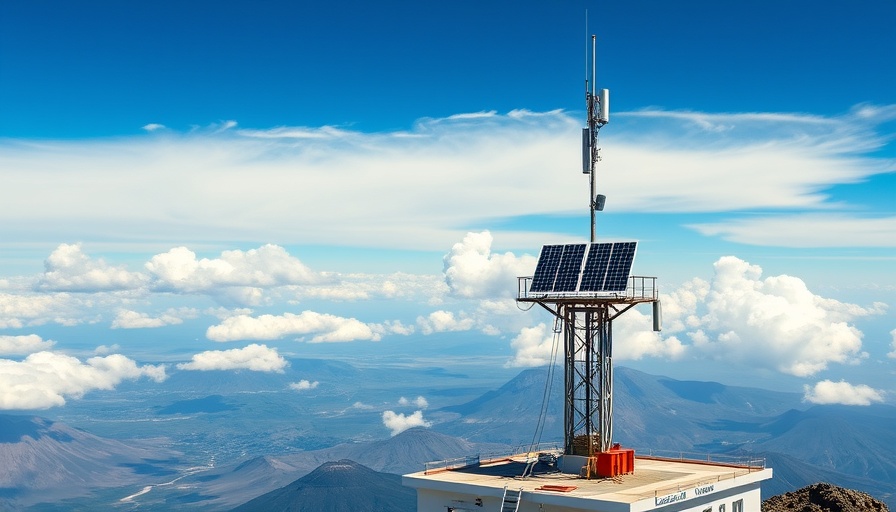
High Seas Treaty: A Watershed Moment for Our Oceans
The recent ratification of the High Seas Treaty by 18 new countries at the United Nations Ocean Conference marks a significant step towards safeguarding the world’s oceans. With this addition, a total of 49 nations have committed to protecting the high seas, inching ever closer to the vital threshold of 60 necessary for the treaty's enforcement. UN Secretary-General António Guterres has highlighted the urgency of this moment, urging all remaining states to join in swiftly. This collective action indicates a historic shift in how international waters are governed.
The Urgency of Immediate Action
As marine environments face unprecedented threats from climate change, overfishing, and plastic pollution, the ratification of this treaty is a beacon of hope. “It could be just a matter of weeks” before the necessary signatures are gathered, exclaims Rebecca Hubbard of the High Seas Alliance. This treaty isn’t just a bureaucratic agreement; it’s a lifeline for the 90% of marine habitats currently unprotected, poised against a backdrop of looming seabed mining and habitat degradation.
A Global Call to Action
French President Emmanuel Macron expressed optimistic confidence that the treaty could take effect by 2026, emphasizing its role in creating a cohesive international framework for high seas governance. The European Commission's commitment of 40 million euros to support ratification efforts in African, Pacific, and Caribbean nations further emphasizes the global recognition that safeguarding oceans transcends national borders.
Repercussions for Biodiversity and Conservation
Historically, marine governance has been likened to the 'wild west', with minimal oversight and rampant exploitation of resources. The High Seas Treaty, formally known as the Agreement on Biodiversity Beyond National Jurisdiction, is groundbreaking as it sets legally binding protections aimed at preserving marine biodiversity. Megan Randles from Greenpeace notes, "Now we have a chance to properly put protections in place,” which could ultimately support the global '30x30' goal—protecting 30% of our lands and seas by 2030.
The Significance of Community Engagement
Why should we care? Because the wellbeing of our oceans directly impacts the health of our planet. By safeguarding these resources, we’re not only ensuring a more sustainable future for marine life but also protecting essential ecosystems that contribute to human health and wellbeing. Collective efforts on an international scale will foster a more sustainable relationship with our oceans, one that respects and nurtures rather than exploits.
What This Means for Future Generations
The tide is shifting, and the momentum generated by these ratifications signals the world's recognition of the urgent need for a more sustainable oceanic future. As citizens concerned with well-being and environmental sustainability, we have the chance to be part of this movement. Understanding and supporting such treaties invites discourse on sustainable practices and conservation efforts within our communities.
Join the Movement
In conclusion, the ratification of the High Seas Treaty signifies hope not only for conservationists and environmentalists but for every individual invested in the planet’s health. As we inch closer to a sustainable future, we invite you to deepen your knowledge, spread awareness, and engage in local and international discussions about marine conservation. Together, we can ensure a healthier ocean for generations to come. Let’s make a splash in supporting and advocating for our oceans!
 Add Row
Add Row  Add
Add 




 Add Row
Add Row  Add
Add 

Write A Comment